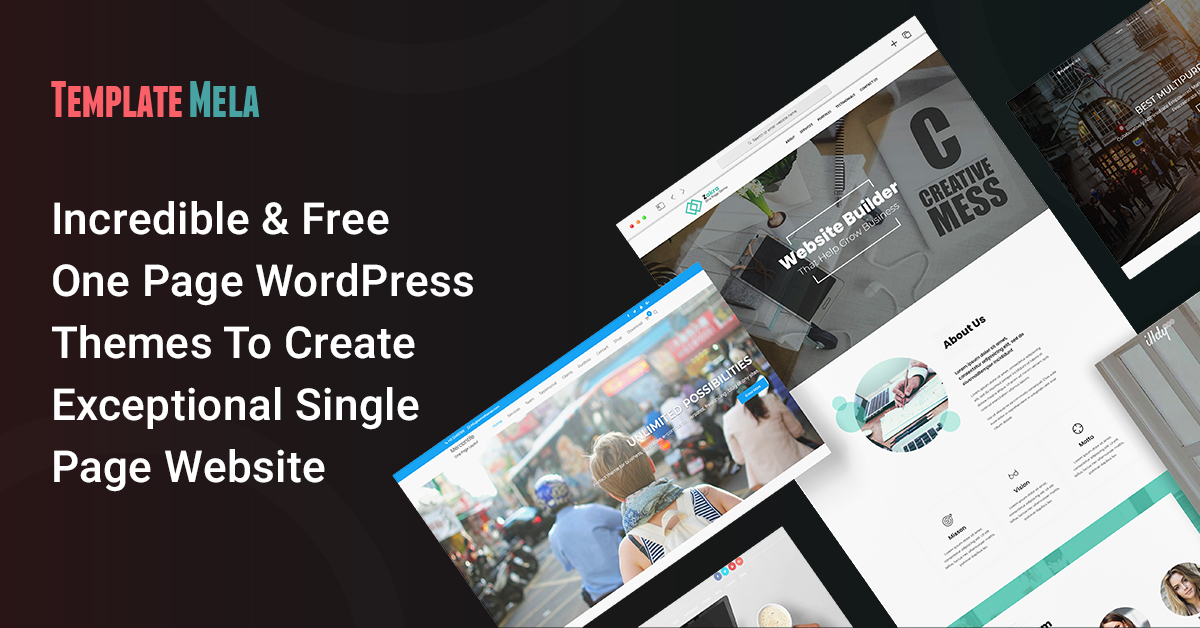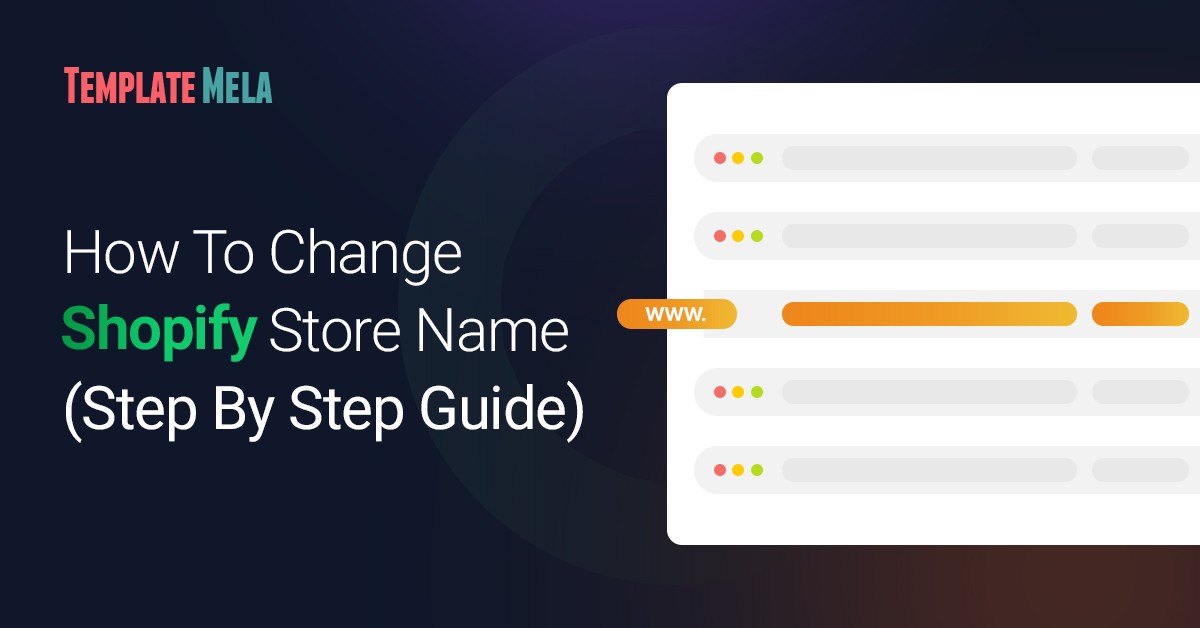How to Send a Follow-Up Email After No Response
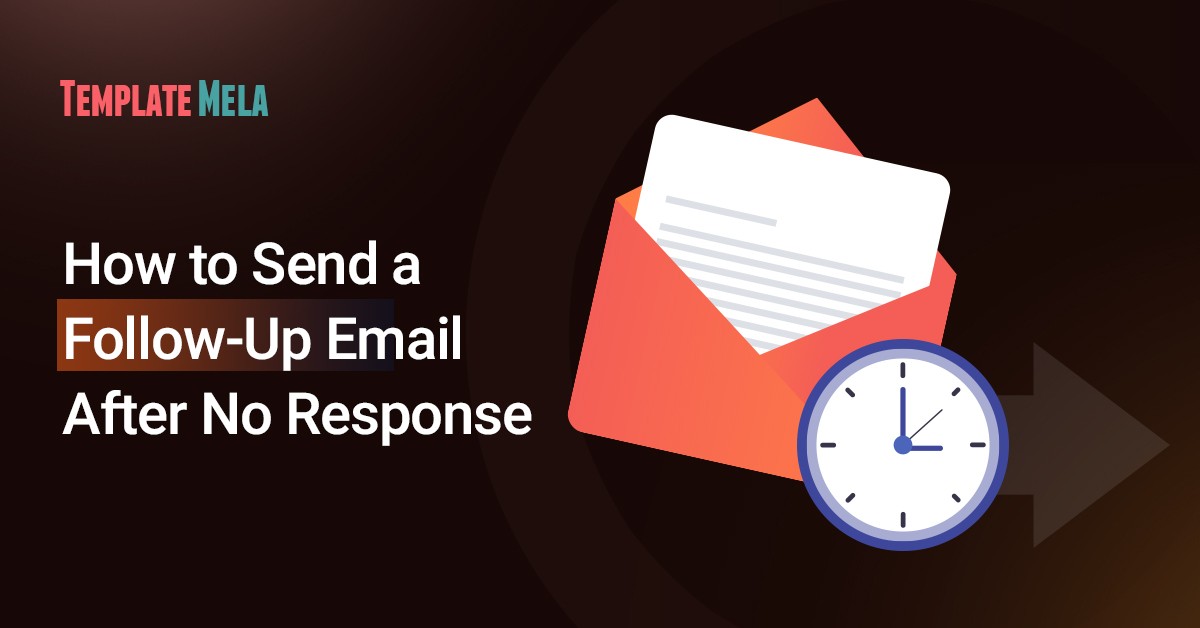
Sales representative or marketers that don’t follow up with leads rarely can keep their revenues growing.
More than 2/3 of deals require a sequence of at least 5 follow-ups. Still, in an attempt to be noticed, it’s easy to cross the line, at some point, and seem like an annoying sender rather than cultivate that clean image of a reliable company. To prevent such a threat, stick to a few simple tips on how to write a follow-up email.
What is the right number of emails to follow up?
There is no universal etiquette when trying to remind leads about yourself or your company, however, it is better to send at least 1 follow-up email.
According to statistics, there’s an 18% chance that people will respond to the first email. And for the second email, such a probability increases to 21%.
Another reasoning here is that over 90% of all emails are opened the same day they were sent. This means – an accidental mishap like getting into “Spam” occasionally reduces one’s chances to be noticed in the inbox to nearly zero.
The ideal strategy is to send from 2 to 4 follow-ups, each time increasing the break between them.
When you run a cold outreach campaign, limit yourself to 2 messages in a row since this type of mailing normally has a rather low click and open ratio. If you’re acquainted with leads, you may stick to a limit of 3-5 reminders.
A good tactic is to use email tracking platforms and keep an eye on a lead reaction to your messages. Namely, if the person opened an email but did not reply, he/she may have simply lost it out of mind.
So, it’d be better to establish contact again, primarily – via social networks or messengers.
However, if a person has deleted emails without opening them, continuing attempts to follow up would be pointless.
In such a case, you may stop after the second trial and switch efforts to more leads who are keener to start a dialogue.
How Many Days to Wait When Sending Follow-ups?
Ideally, you should keep 3-days long pauses, and roughly double them every time you send an extra follow-up.
Meaning that if you sent the original email on, say, Monday, you should follow up for the first time on Thursday, and then – on Wednesday the next week, and so on. It may take an entire month to send five follow-ups, hence.
The above “gold standard” is fair for rather warm leads. But if you address a cold lead, shrink the pause for 2 days.
Use Several Channels to Follow Up
Half of the planet’s population (4.6 billion people) has at least one email account, and mailing is a more business official communication channel than instant messaging.
These 2 facts make that when you think about getting in touch with a person you barely know, a thought that pops into your head is – “I should find an email and get in touch”.
That’s fair, but the issue is – others think the same way. As a result, recipients’ inboxes are usually cluttered with correspondence. So, to stand out, you should combine emails with other channels of digital communication.
Try the following 5-steps scheme:
- Wait for 2-3 days prior to sending a follow-up email after no response
- Reach out for the second time
- Find a person on LinkedIn and study his/her profile
- Become a “top” visitor of his/per page on LinkedIn
- After, send a direct message and briefly explain the reason for getting in touch.
If you aim to target many prospects at once (say, 100+ people), you can set up an ad campaign on Facebook or LinkedIn – to increase brand awareness.
Thus, when people refer to their inboxes, they will see familiar company or brand names. Which, potentially, increases the chances of launching the dialogue.
Advises on How to Send a Follow-up Email
But if you’re going to address hundreds of recipients, email automation software will be a far better option than scheduling with Gmail. You may stick to this benchmark schedule:
1. Day 3d – the first follow-up
The success of your outreach depends much on the email outline. Messages cluttered with details, like excuses, self-introduction, and other irrelevant information, don’t bring many replies and conversions.
So, to make sure you won’t miss the trial, find a good-looking follow-up email sample and customize the message.
For example, you can mention that you forgot to share some important information or to ask whether the lead got acquainted with the previous email. And, if “Yes”, – suggest further steps.
2. Day 5th – the second follow-up
Ask if any additional information is required or whether the lead wants to discuss some details during the call. Also, list again the benefits and specific timeframes to get them. Of course, in a very polite and friendly manner.
3. Day 10th – the third…
At this point, it’s better to focus on news or changes that took place from the date of the original email.
Say, the company has launched a new line of business or completed a project for another client. In the case of the latter, you can also include a review from the client in the follow-up email.
4. Day 20th – the fourth…
At this point, try to convince the client with monetary gain. This can be a personal cash bonus or a discount on an annual subscription.
5. Day 30th – the fifth…
The last follow-up is usually called “the last-chance call”. Inform the recipient you stop emailing and explain the reason. Again, it’s very important not to seem rude or offended.
Hints on Preparing an Email to Follow-up
Whatever the email copy is about, it should start with an attention-grabbing subject line. Below are some that may inspire you:
- [Recipient’s name], can you help me with this?
- I forgot to mention…
- Let’s take a look
- Following up regarding [the matter]
- [Recipient’s name], here’s the info I promised you
Subject lines must be actionable and brief. Avoid too many irrelevant details or wordy phrases, like “Hi! I’m reaching out to you regarding…” or “What would it take you to switch?”.
Also, because personalized subject lines and snippets result in more opens and clicks, it’s worth adding a recipient’s name to it, as well.
Prepare a meaningful and brief message: start with a self-intro and proceed to the matter promptly.
Highlight the essence of the message with paragraph space, underlined text, italic type, or bold font. And try to avoid all caps and special characters, as they look quite messy.
Another important thing is to avoid attachments and spammy words because mailing systems have “sensitive” filters that treat these as potential scams.
Techniques that Work
Triggered follow-ups
Set up a drip campaign and specify user actions that can initiate a sequence of emails. These may be anything, for example – visiting the website or contacting Sales.
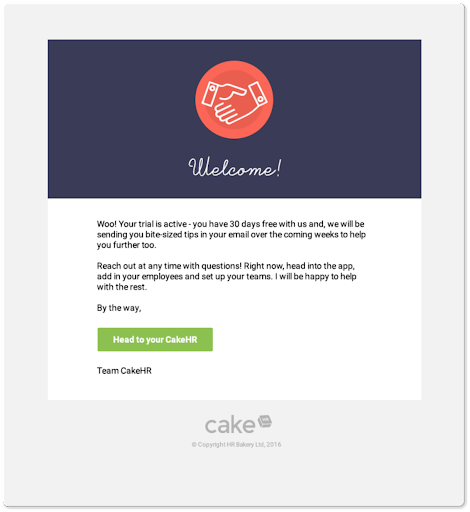
Referring to pain points
Seeing your potential client struggling with litigation? – Point out how exactly your law firm can help in an email and provide a piece of free advice or a free consultation.
Embedding interesting content
If objective arguments don’t bring any results – change the approach for compelling email copies. In particular, add some “WOW” content to them. This can be an excerpt from your blog post or a link to the discussion under your video on YouTube.
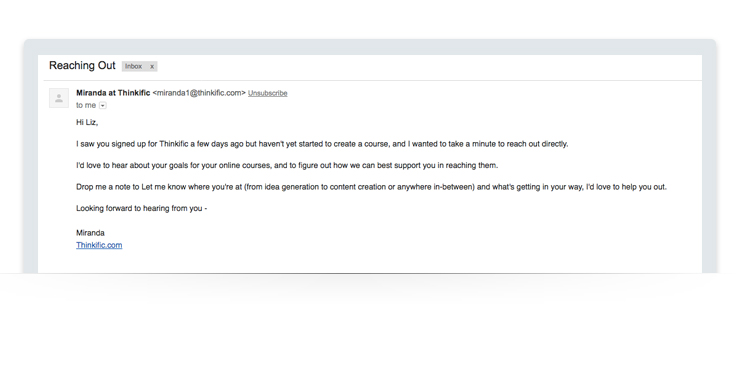
Showing the benefit
The message should sound advantageous for the prospect. Say, if you promote SEO services, offer him/her a flexible subscription tariff plan or a free website audit.
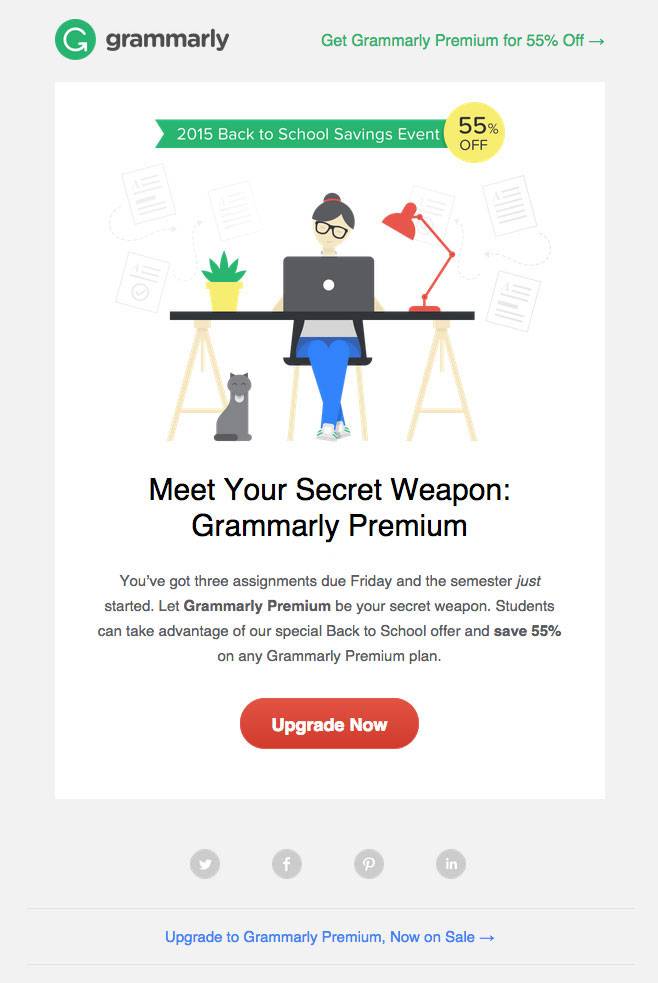
Showing social proof
A good reputation is an asset worth sharing with people. If your business or brand is appreciated by clients, you may add a few recommendations from them in follow-up emails.

Including testimonials
Embed reviews or comments from the “Testimonials” section on your website or aggregators, like G2 or Clutch.
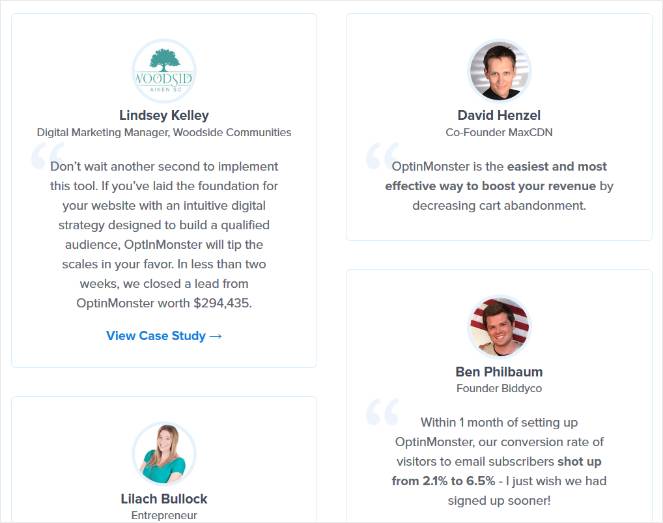
Breaking-up with a point
When you plan to stop mailing to the recipient, it’s a common courtesy rule – to explain to a person the reason for breaking up and to thank them for a collaboration.
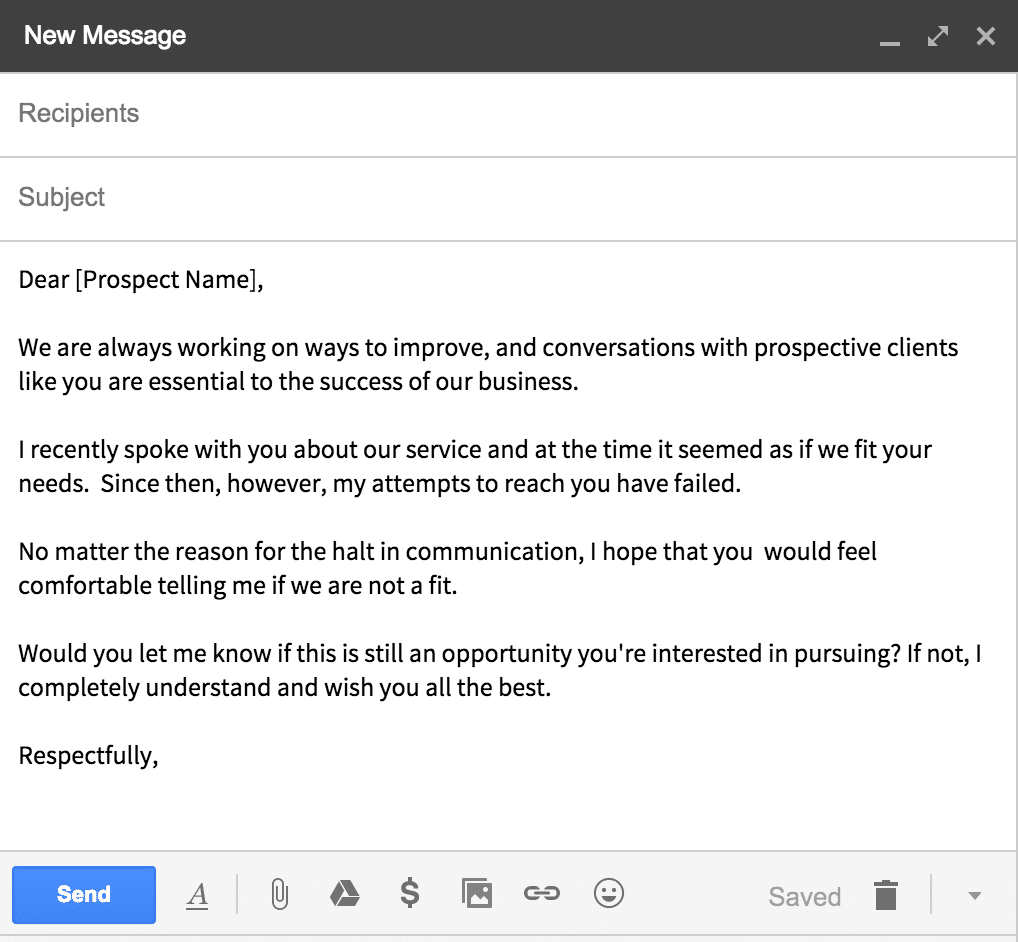
Break-up emails aren’t exactly the nicest copies to write. So, to avoid discomfort from writing a mail from scratch – pick up an apt follow-up email template and tailor it to your purposes.
Master Tips For Following-up
To prepare a message that will grab prospect’s attention, stick to a few recommendations:
- Share useful and personalized content, like a piece of intelligent advice or an entertaining story
- Use brief sentences and avoid details redundancy
- Refer to previous conversations or actions from the user’s side
- Avoid passive-aggressive pitches, as well as slang or insisting expressions
- Wrap up the follow-up email with further steps and a call to action.
Remember – it’s okay to send reminders to business partners or clients, and many companies do actively send out follow-up emails to their leads. The only thing is – to keep up with the mailing recommended frequency and use a positive “tone of voice”, even after no responses. You should check our email marketing templates from our list.
